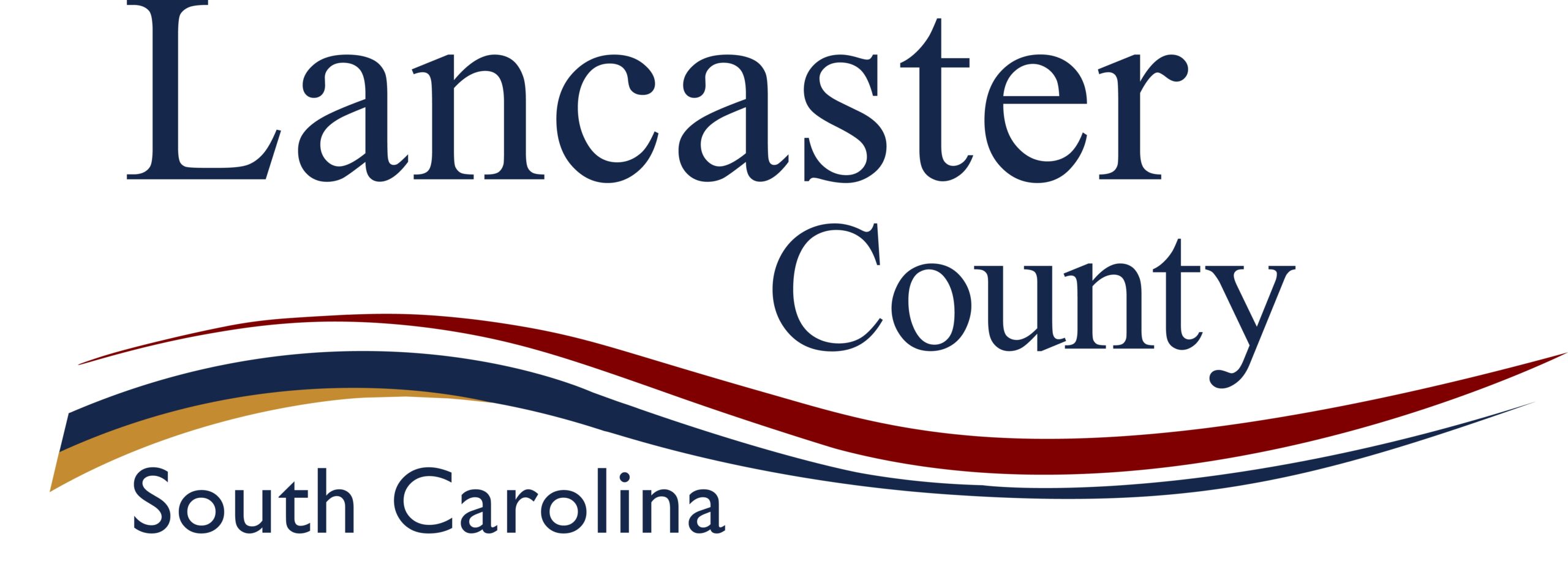York County has begun its 2025 property reassessment, a process required by state law to ensure all real property is valued at its current market rate. This is the latest in a series of reassessments conducted every five years and is intended to more fairly distribute the tax burden on real property.
The process, overseen by the York County Assessor’s office, is a massive undertaking. The Assessor and their team of licensed appraisers are responsible for determining the market value of all properties in the county using a “Mass Appraisal” process. This involves analyzing market sales data, building permits, and the physical characteristics of all properties to determine their value. The Assessor does not create value; they only reflect the value set by the real estate market.
A key factor in the reassessment is the South Carolina Real Property Valuation Reform Act of 2006 (Act 388). This law caps the increase in a property’s value at 15% over a five-year period, unless there has been a change in ownership, known as an “Assessable Transfer of Interest.” The law also exempts legal residences from a portion of the school operating tax.
Classifying Your Property
To ensure you are taxed fairly, it’s important to understand how your property is classified. Legal residences, or owner-occupied homes, are assessed at a special 4% ratio, which can result in a significant tax savings compared to the 6% ratio for other residential and commercial properties. Owners must file an application to qualify for this special assessment.
Agricultural properties can also qualify for a special 4% or 6% assessment ratio, depending on ownership. If an agricultural property is converted to another use, it may be subject to “rollback taxes” for the current and three preceding years.
Appealing Your Appraisal
If a property owner disagrees with their new appraisal, they have the right to appeal. A written appeal must be filed with the Assessor within 90 days of the assessment date. The appeal must include a statement outlining the reasons for the challenge and the taxpayer’s own analysis of the property’s value.
While a reassessment can lead to a change in tax bills for some property owners, its primary goal is not to raise taxes but to ensure an equitable distribution of the tax burden based on current market values. The Assessor’s office provides the valuation data, but local governments are the ones who set the final millage rates, which determine the amount of taxes paid.
Sign up for our Sunday Spectator. Delivered to your inbox every Sunday, with all the news from the week.
















